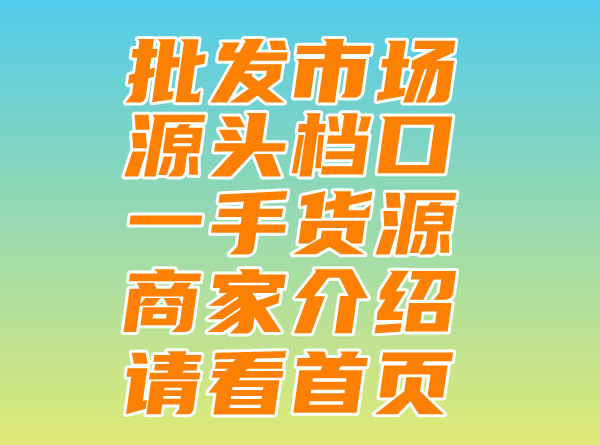"1:1 Replica Luxury Prices: An Examination"
"1:1 Replica Luxury Prices: An Examination",
Luxury Goods Replication: The Role of 1:1 Replication in the Luxury Price Range
In the realm of luxury goods, the concept of 1:1 replication has gained significant attention in recent years. This trend involves the production of high-end replicas that closely resemble the genuine articles in terms of quality and design, but at a lower price point. In this article, we will explore how this trend has influenced the luxury price range and the impact it has on both consumers and the luxury industry.
The Evolution of 1:1 Replication in the Luxury Market
The 1:1 replication phenomenon is not a new entry into the luxury goods market. Over the years, it has become increasingly sophisticated in terms of design and craftsmanship, with some replicas being almost identical to the original products. This development has enabled a broader consumer base to access luxury goods, which were once exclusive to high-end markets or affluent individuals.
The emergence of 1:1 replication has shifted the luxury goods industry in several ways. Firstly, it has opened up new avenues for sales as more consumers are drawn to these high-quality replicas at lower prices. Secondly, it has compelled luxury brands to remain innovative and maintain their competitive edge in terms of design and quality. Finally, this trend has also presented challenges for brand reputation and authenticity, as the proliferation of replicas makes it more difficult to distinguish genuine products from fakes.
For consumers, 1:1 replication offers an opportunity to own luxury goods without breaking the bank. It provides an affordable alternative for those who admire luxury brands but cannot afford to purchase genuine products. However, it is important for consumers to be cautious when purchasing replicas to ensure they are buying from reliable sources and to understand the ethical implications of buying replicas.
The impact of 1:1 replication on the luxury industry cannot be understated. While it provides an opportunity for brands to reach a broader consumer base, it also poses a challenge in terms of maintaining brand value and authenticity. Luxury brands must strike a balance between catering to the demand for affordable luxury and preserving their exclusive status. This could involve strategies such as enhancing product authentication measures, improving customer service, and staying ahead of the curve in terms of design and innovation.
In conclusion, 1:1 replication has significantly influenced the luxury goods market by providing consumers with an affordable entry point into the luxury realm. However, it also poses challenges for both consumers and the luxury industry, particularly in terms of authenticity and brand reputation. As this trend continues to evolve, it will be interesting to see how the luxury industry adapts and remains relevant in this fast-changing landscape.

- Luxury High-End Bag Replicas: The Ultimate Guide to Quality Fakes
- Luxury Bags: Imitation with Difficulties 这个标题简洁明了,准确地传达了关于奢侈品包包难以仿制这一主题的信息。
- Faux Luxury Bag Sites: An Insight into the World of Replica Bags Online
- Luxury Replica Brands: A Dedicated Line Exploration
- Luxury Watch Replicas: The Fine Art of Imitation
- Luxury Belt Replica Brands: The Ultimate Guide
- Luxury-Style Sleepwear Image Collection: Fashion and Comfort Blend.
- Title: Where to Find Fake Luxury Goods in Humen?


